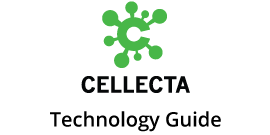When working with a sample containing abundant lymphocyte cells (e.g., at least 1-2 million) such as whole blood, buffy coats, PBMC, lymphoid tissues, immune cell fractions, and bone marrow aspirates, we recommend purifying both total RNA and DNA as recommended in the AIR manual. Using RNA as the starting material for AIR RNA profiling increases reproducibility in detecting medium-abundant clonotypes.
The optimal input amount for the DriverMap AIR RNA assay is 50-100 ng of total PBMC RNA, with which you can get quantitative profiling of about 1,000 high-abundant TCR and BCR clonotypes (Fig. 16). Increasing the input amount to 200 ng increases the number of rare clonotypes detected but it does not improve the detection of medium- to high-abundant clonotypes due to restrictions in sequencing depth (cost of sequencing) and a lower consensus in CDR3 sequence alignment efficiency. However, lower levels of PBMC RNA (e.g., 10 ng) reduce the accuracy of profiling medium-abundant clonotypes. We recommend using the DirectCell Protocol for direct AIR RNA profiling from a small number of immune cells, as described in Section 3.2.
If using the AIR DNA profiling assay, the DNA used in the assay corresponds to the number of cells (6.6 ug is 1 million cells). As a result, to achieve high detection sensitivity of high- to medium-abundant clonotypes, it is necessary to run replicates and use at least 2-5 ug of DNA per reaction.

Need more help with this?
Contact Us

